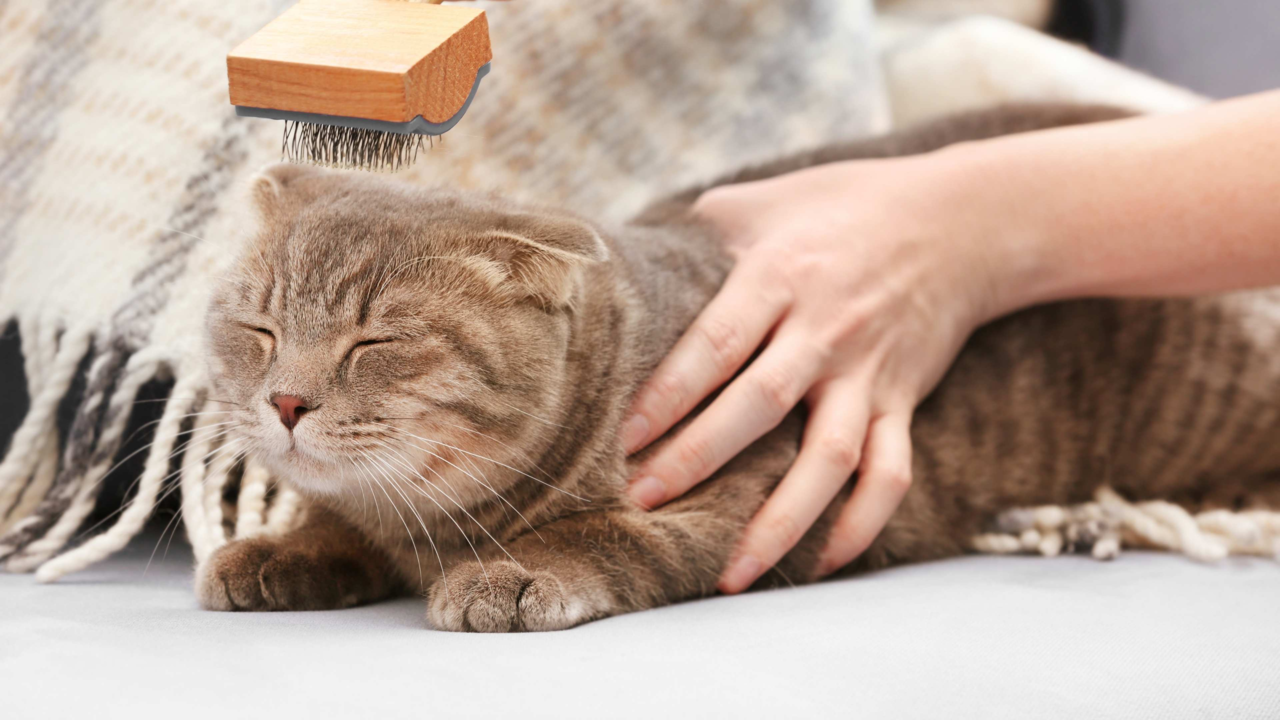
Cat Grooming 101: Brushes & Bathing Tips
Keeping your cat clean and well-groomed is more than just good looks—it's essential for their health and comfort. In this guide, we'll explore cat grooming basics, focusing on brushes, bathing techniques and how to spot when a trip to the vet might be necessary. Whether you're new to cat care or looking to refine your grooming routine, this article is your go-to resource for all things feline grooming.
Choosing The Right Brush For Your Cat
Brushing your cat can help prevent matting, reduce shedding and strengthen your bond. Cats with long fur, like Persians or Maine Coons, benefit from daily brushing with a slicker brush or wide-toothed comb. Short-haired cats may only need brushing once or twice a week using a soft-bristle brush or grooming glove.
You'll find quality grooming tools in our pet grooming essentials collection, designed to keep your cat’s coat in top shape. Regular brushing also reduces hairballs and lets you check for signs of fleas, ticks or skin issues early on.
How To Bathe Your Cat (If You Really Have To)
Most cats are fastidious groomers and rarely need a full bath. However, there are special circumstances—like a particularly messy accident or underlying skin condition—where bathing is necessary.
Start by using warm water and make sure you have a feline-friendly shampoo on hand. Always avoid human products, as they can irritate your cat’s sensitive skin. Gently wet and lather your cat (avoiding their face), then rinse thoroughly and towel dry immediately. Keep the bathroom warm and free from loud noises to make the experience less stressful.
Our cat grooming range offers cat-safe shampoos and accessories that make bath time easier—for both of you.
Grooming Beyond The Coat: Eyes, Ears And Nails
A good grooming routine includes more than brushing. Check your cat’s ears weekly for dirt, wax or signs of infection. Use pet-safe wipes or a vet-recommended solution. Wipe their eyes gently if you notice any discharge, especially in flat-faced breeds.
When it comes to nails, indoor cats may need their claws trimmed regularly to prevent overgrowth or snagging. Use special cat nail clippers and trim only the sharp tips, avoiding the pink quick.
To support coat health from the inside out, consider adding skin and coat health supplements to their daily routine, especially during the shedding season.
When To See A Vet For Grooming Issues
Sometimes grooming uncovers issues only a vet can address. If your cat has excessive dandruff, patchy hair loss, persistent scratching or sore spots, book an appointment. These symptoms could signal allergies, parasites or underlying skin conditions.
Likewise, if your cat resists brushing to the point of aggression, or appears in pain during grooming, seek professional advice. Your vet might recommend calming aids or check for physical discomfort. Browse our calming essentials to help reduce stress during grooming sessions.
Grooming For A Healthier, Happier Cat
Regular grooming is a practical and loving way to care for your cat. From choosing the right brush to monitoring their skin and coat health, your attention helps prevent health issues and strengthens your relationship. Equipped with the right tools and knowledge, you'll be better prepared to keep your cat looking and feeling their best.
Explore our full range of cat grooming essentials today and give your feline the care they deserve.